Life
Sign up for our newsletter
We summarize the week's scientific breakthroughs every Thursday.
-
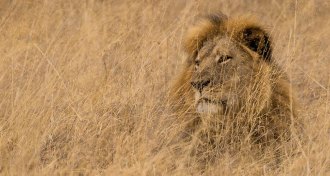 Animals
AnimalsDon’t let Cecil the lion distract from the big conservation challenges
Cecil the lion’s death rocketed across the news and social media. But there are bigger conservation challenges that need attention, too.
-
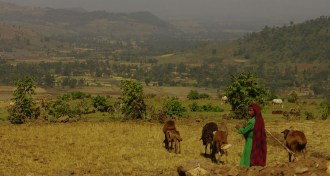 Genetics
GeneticsHow Ethiopian highlanders adapted to breathe thin air
Lower levels of a heart protein may help Ethiopian highlanders breathe thin air, researchers report.
-
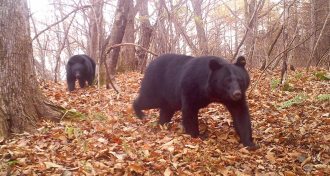 Animals
AnimalsHow bears engineer Japanese forests
In Japanese forests, black bears climb trees, breaking limbs. Those gaps in the forest provide light to fruiting plants, a new study finds.
-
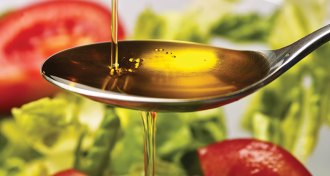 Health & Medicine
Health & MedicineThe five basic tastes have sixth sibling: oleogustus
Scientists dub the taste of fat oleogustus.
-
 Animals
AnimalsWhere salamanders should be very afraid
Three zones of North America at high risk if the salamander-killing fungus disease Bsal invades.
By Susan Milius -
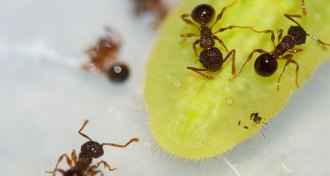 Animals
AnimalsCaterpillar treats and tricks ants by oozing spiked juice
Caterpillars ooze droplets that lure ants away from colony duties to instead lick and defend their drug source, new lab tests suggest.
By Susan Milius -
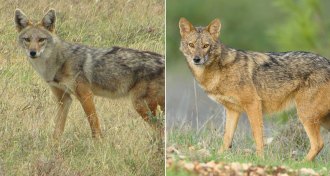 Genetics
GeneticsWolves in jackals’ clothing
Africa’s golden jackals are really a species of wolf and deserve a name change, DNA evidence indicates.
-
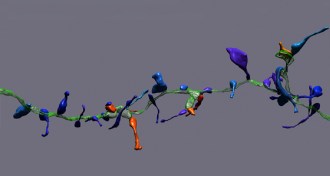 Neuroscience
NeuroscienceNew view of mouse brain provides up-close look at nerve cells’ habitat
Detailed reconstruction of a tiny fleck of mouse brain reveals neural complexity.
-
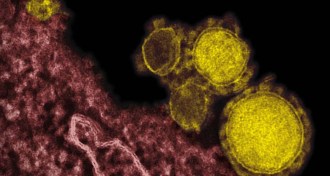 Life
LifeExperimental MERS vaccine battles virus in mice and monkeys
Select viral proteins and DNA can combat the MERS virus in mice and monkeys.
-
 Life
LifeEncountering an unexpected Pluto and life’s complexity
Just as genetic analyses are revealing details of life’s long history, the New Horizons probe is bringing the fuzzy surface of Pluto into focus.
By Eva Emerson -
 Neuroscience
NeuroscienceGlobal warming unpaused, how space affects the brain and more reader feedback
A reader shares a story about Stephen Jay Gould, while others discuss how to protect the brain from radiation in space and whether 2014 was the hottest year on record.
-
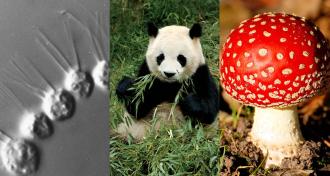 Life
LifeThe tree of life gets a makeover
Biology’s tree of life has morphed from the familiar classroom version emphasizing kingdoms into a complex depiction of supergroups, in which animals are aligned with a slew of single-celled cousins.
By Susan Milius